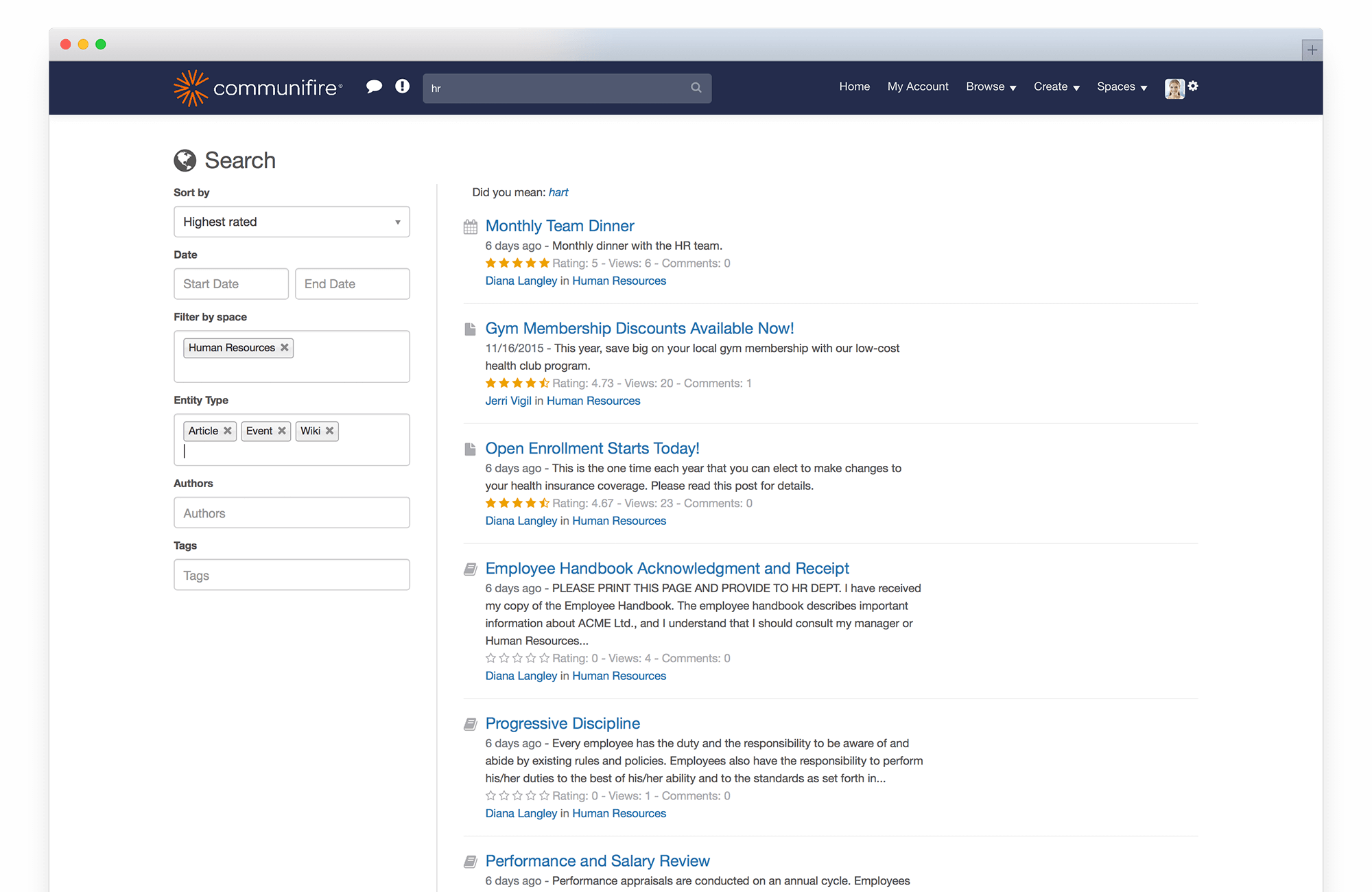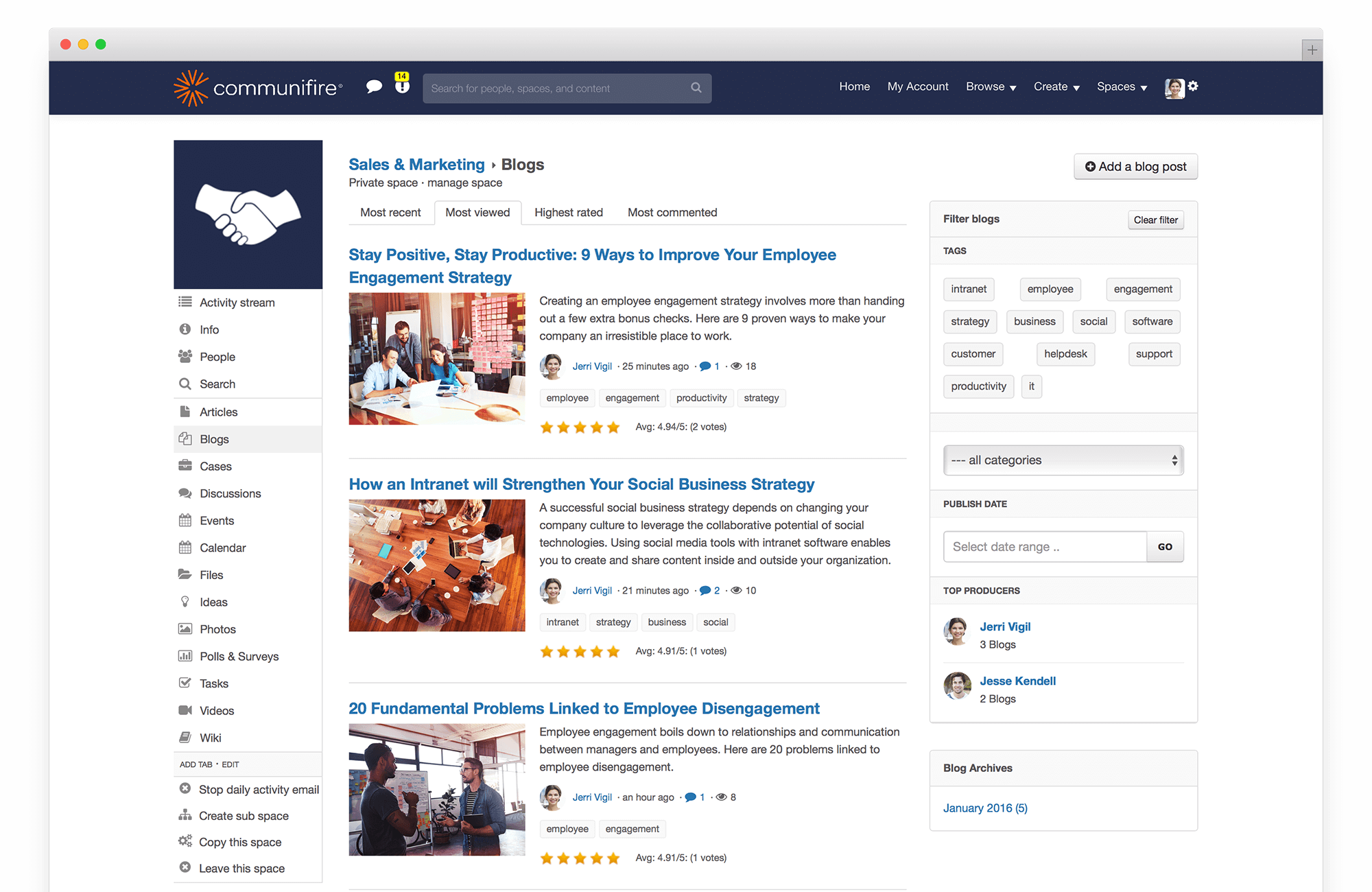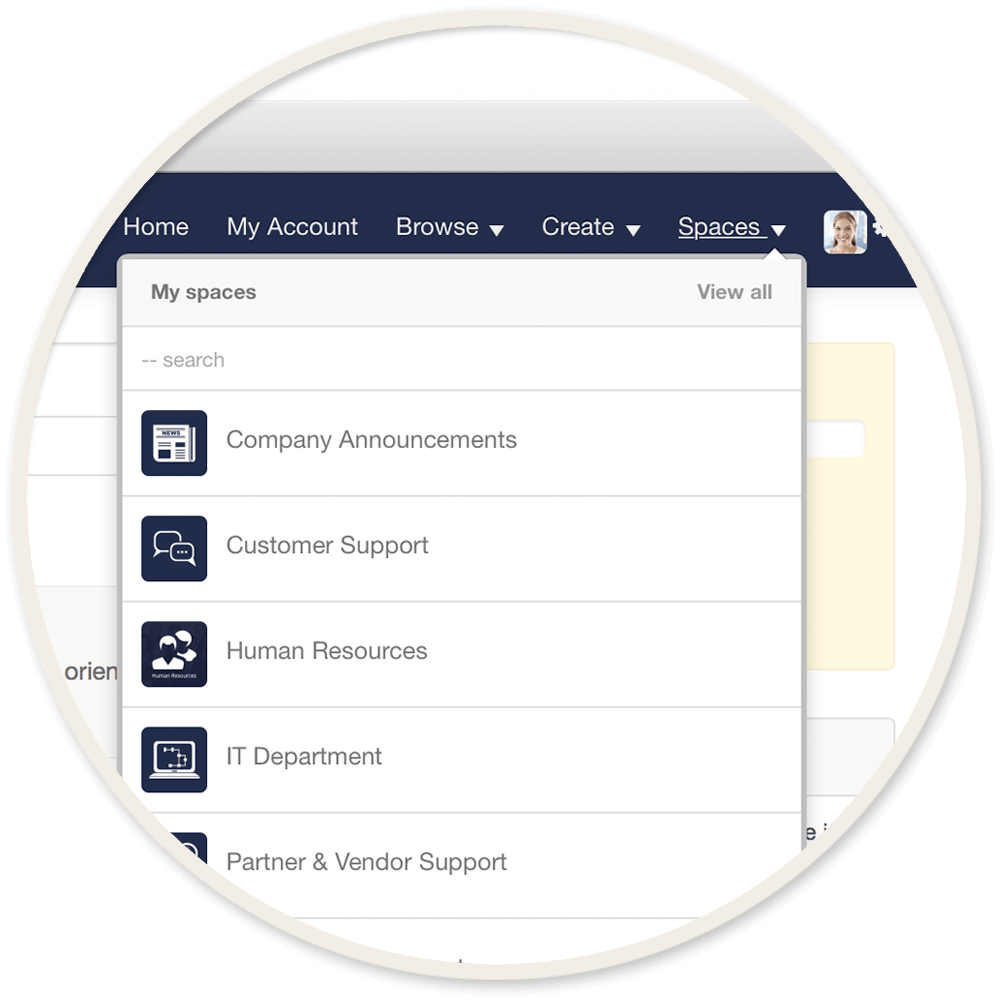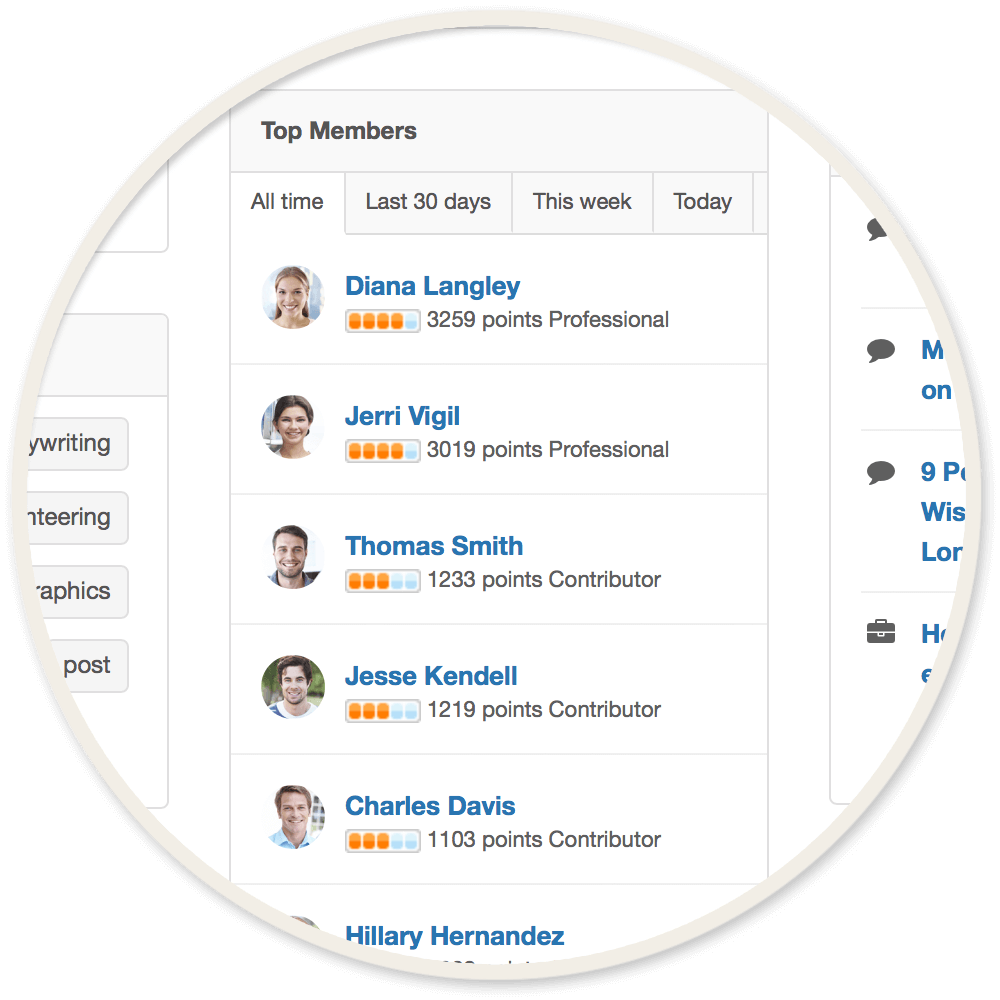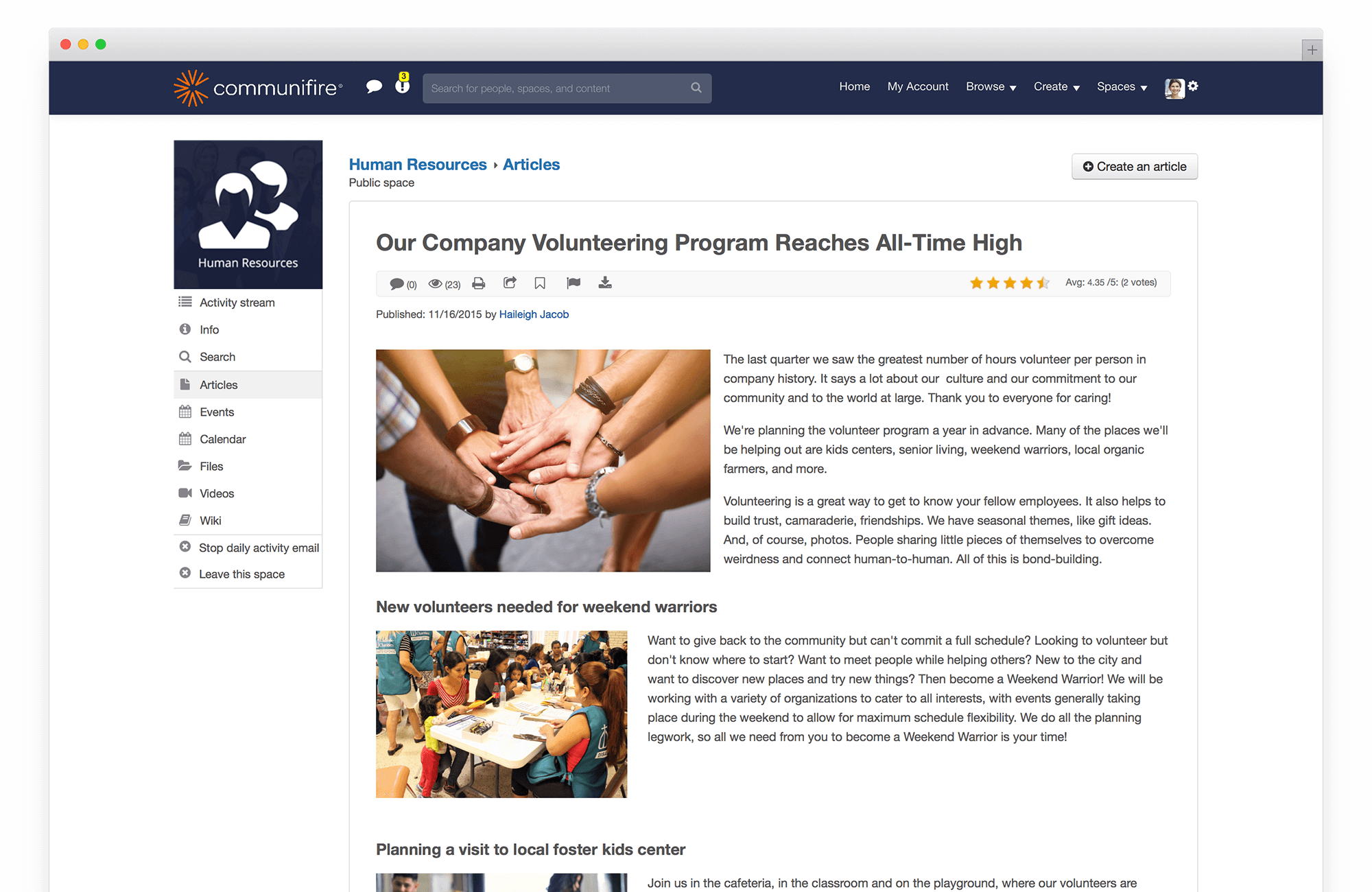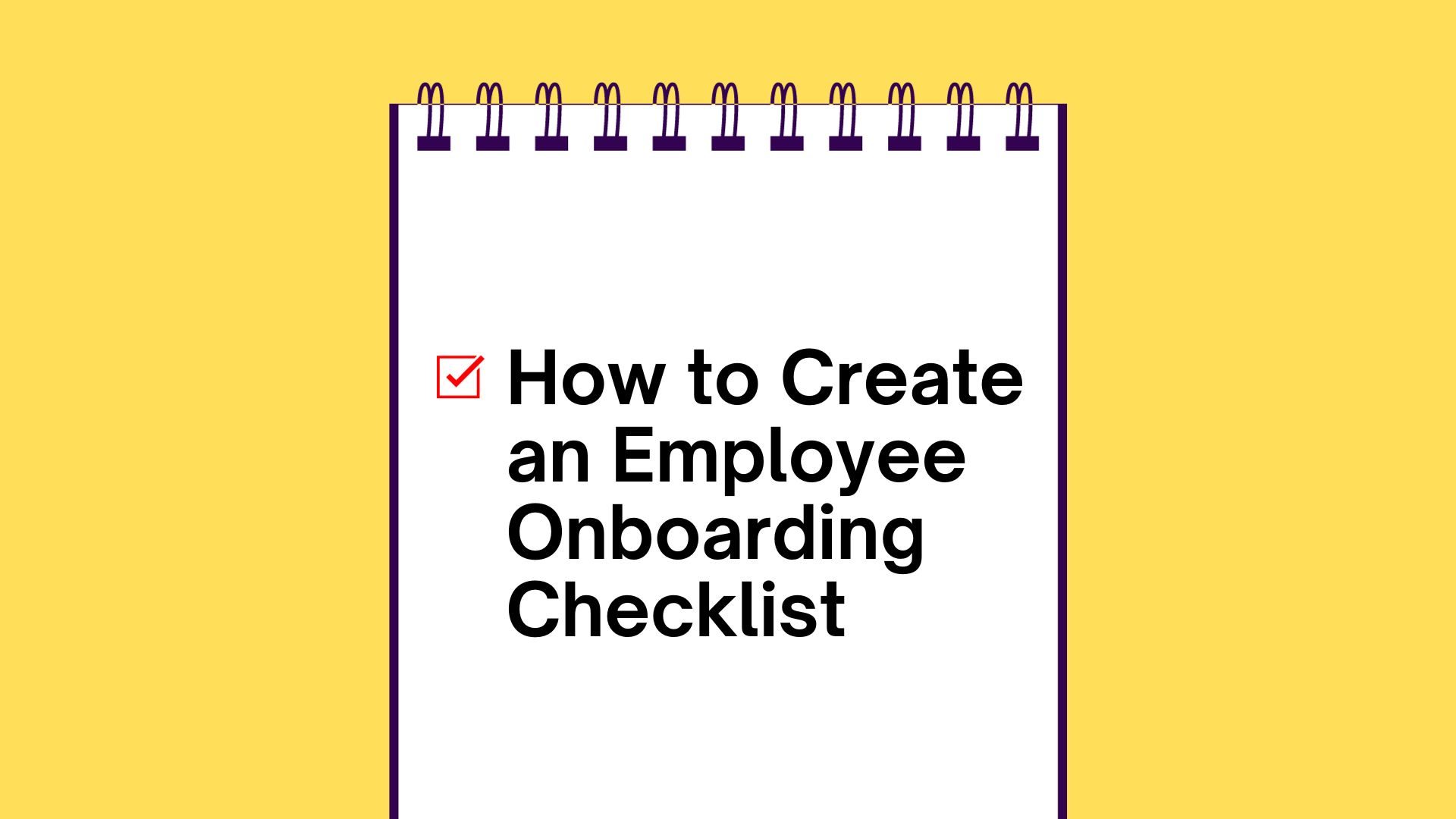An intranet will help your business grow in many ways. It allows your team to communicate and work together regardless of physical location. It also enhance productivity. It allows members to multitask and handle responsibilities without using many different software applications. You will also see communication improvements in your organization … as most intranet software platforms have a real time chat and messaging system. Add to this the project management capabilities, and the benefits are clear.
Rolling-out an intranet requires a fair amount of planning to get things right. The following tips will help your intranet planning process.
Table of Contents
1. Start with the Right Platform
When planning an intranet solution, the first thing is to figure out which platform is best. There are many options on the market which can make the process difficult. If you don’t know what you’re looking for, you may get overwhelmed and make quick decisions.
Do your homework and find the platform that fits your business’s needs. Do you need certain features? Does the platform need to be flexible and scalable? Are you on a specific budget? Look for intranet software comparisons, and find the one that works for you.
2. Pinpoint Leaders in Your Company
Pinpoint key leaders to help develop and run your intranet. Look for individuals who are well-versed in technology and who have team-leading experience.
You should appoint 3-5 people to moderate and lead your community … but you can start with less in the beginning. These people will keep the intranet on track and keep everything running.
3. Define Your Objectives
It’s important that all staff members know exactly what you’re hoping to get out of your company intranet. Defining intranet objectives early-on is a must.
When defining objectives in the intranet planning process, start with achievable goals. When you set the bar too high, it’s almost a given that you’ll set yourself up for failure. This can create problems, including alienation of your employees. Be careful when defining objectives … and remember to take things slow.
4. Determine Your Needs
When planning an intranet, it’s important to realize that needs and objectives are two different things. In this case, needs are features that help streamline daily business processes. Calendars, communication systems, and CRM fit in this category. And since every business has its own set of needs, it’s essential to put time and thought into this.
What intranet features does your organization need on a daily basis to get things done? Your staff should use the intranet to handle as many tasks as possible. The more you can keep things in one spot, the more likely it is that productivity will soar. If your current platform doesn’t meet your needs, it’s time to look for a new intranet solution. See #1 above.
5. Focus on User Experience
If your users have a hard time navigating your intranet, chances are they won’t use it. This is one of the most common issues that plagues intranets, and many people don’t know how to fix it.
Focusing on user experience is about keeping things organized and easy to maneuver … and understanding what your employees actually need to do their job.
6. Launch Your Intranet in Phases
When planning an intranet, it’s easy to assume that you have to roll everything out right away. This can be effective if you make the right moves … but you’ll almost always be better off taking your time and launching in phases. This allows you to maintain complete control over the intranet launch process.
If you decide to launch the intranet in phases, be sure that each phase has a purpose. You may want to start with the “intranet planning” phase, followed by “training” and “implementation.” Each phase requires unique actions by you and your employees … and the end result is a functional intranet.
7. Train Employees
When training employees on your intranet, remember that everyone learns at their own pace. This is especially true for new hires, as starting a new job can be overwhelming in itself.
It’s helpful to schedule both individual and group training sessions for your employees .. and take a multifaceted approach. As long as everyone gets proper intranet training, they will use your company intranet with ease.
8. Hold Employees Accountable
Holding users accountable should be a part of the intranet planning process. This doesn’t mean ruling with an iron fist … but employees need to do more than just sit on the sidelines. Get them engaged. They need to be a part of the intranet.
Everyone should post, comment, and contribute on a regular basis. The more that people add content, ideas, and solutions to your intranet, the better it will be.
9. Have a Robust Search Feature
With any intranet, the need for a robust search feature will always be present. If you can’t find what you’re looking for without having to dig for hours, you’ve got major problems. Finding a platform that has a built-in search feature is only part of the solution.
There are also plenty of things that you can do. Tagging content, for example, will make it far easier to recall … and finding content is as easy as typing in simple search terms. This is helpful when it comes to cataloging internal materials such as documentation.
10. Ask for Input
Remember #4 above? Determine Your Needs? You can only develop a good intranet planning process if you have a strong idea of what your people need. In this regard, it’s essential to ask for input whenever possible.
There are many ways to get feedback from employees, for example, a virtual comment box. You can also just ask them to weigh-in on how things are going on their end. If you can isolate good feedback, you can use this information to better your intranet.
11. Create a Knowledge Base
The right intranet can replace email as a main vehicle for communication. It can also serve as an excellent tool for knowledge management.
When creating a knowledge base, you should focus on content and organization. Hierarchy makes all the difference … you’ll want important documents to be available at all times. Your knowledge base can extend beyond internal documentation. You can use it for external purposes as well, with customer service being at the top of the list.
12. Encourage Blogging
It’s no secret that business blogging is one of the most effective modern marketing techniques. Blogging with intranet software is easy, especially when employees get the hang of it. Use blogs externally to bring in a new audience or cater to current clients and customers. And there are no restrictions with how often or how sparse you post.
When you encourage blogging as part of the intranet planning process, keep the following things in mind. For one, post blogs in a consistent manner, regardless of how often you post. It can also be helpful to task one or a few people with blogging responsibilities. This helps keep a consistent voice among your posts.
13. Create a Space for Personal Interests
One great thing about a robust intranet platform is segmentation. You can create online workspaces, or groups, for anything … business related or maybe something less formal.
Creating a space for personal hobbies and interests gives employees an opportunity to de-stress. This results in better productivity and focus.
14. Ensure Mobile Access
Many of today’s professionals use smartphones and tablets to access the web. For an intranet to work on a mobile device, the vendor must design it that way.
This means picking the right mobile intranet platform from the beginning. Remember #1 of the intranet planning process?
15. Create a Sense of Community
It’s easy for people to post something without getting ingrained in the conversation. And this makes for a rather cold intranet. Fortunately, there are things you can do as part of your intranet planning process to increase the sense of community.
The first step in creating a proper sense of community is to give your employees a voice. Take things further by incorporating intranet gamification, contests, trivia, and other fun aspects into the intranet. As it grows, focusing on community will only become more and more important.
16. Pay Attention to Security
Because of the sensitive information that goes on your intranet, you’ll want a platform with effective security.
The good news: many of today’s best intranet platforms already focus on security and need little work from the user.
The bad news: there are still options that don’t. Many of these options market themselves as so inexpensive that pricing seems too good to be true. Avoiding these options when planning an intranet is the best way to ensure that you’re getting a secure experience.
17. Lead by Example
Leading by example means participating in your social community as often as possible. Try creating forum topics that get the wheels of innovation turning … or reach out to employees and congratulate them on a job well done.
In the end, the most important thing is to show your employees what it means to be an active participator.
18. Use Multimedia
Text is the most effective medium for relaying information in a social intranet. There are many benefits of outfitting your community with blogs, wikis, and articles. But to say that text is the only option at your disposal would be overlooking a lot of today’s technology. So … it’s often more effective to take a multimedia-based approach.
Along with text, you can incorporate videos, images, and other types of media into your intranet. Infographics, for example, can be useful in this regard, as can tutorial videos. The possibilities are endless when you go beyond text as a primary medium. And the more innovative you can be, the more likely it is that your staff members will benefit.
19. Focus on Customer Service
Many people don’t realize that customer service traditions have changed over the years. More often than not, finding success means looking towards modern technology. This is exactly where intranet planning comes into play.
You can use a well-designed intranet as a platform for providing top-notch customer service … where customers can submit help tickets, chat with representatives, post in forums and more … all without having to listen to 20 minutes of “hold” music on the phone.
In Conclusion
Intranet planning may seem like a difficult process, but the benefits are impossible to overlook. Take your time, use these tips, and things should come together for you, your employees, and your company as a whole.


